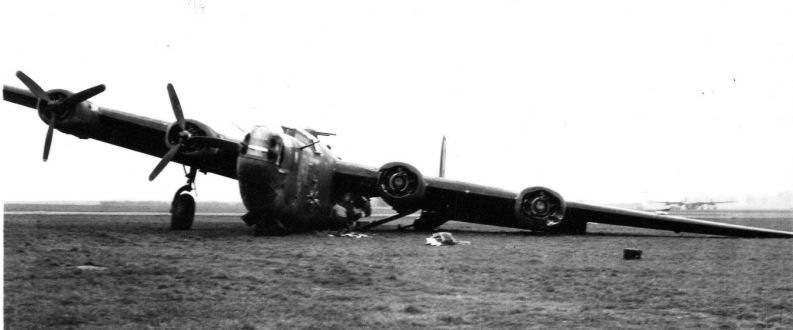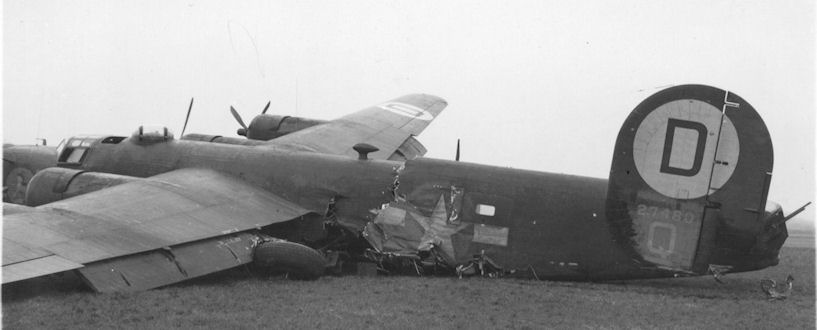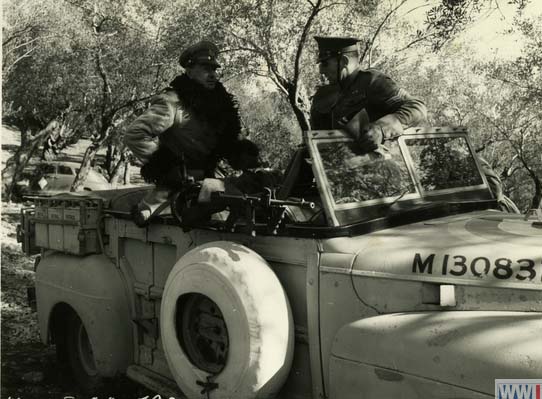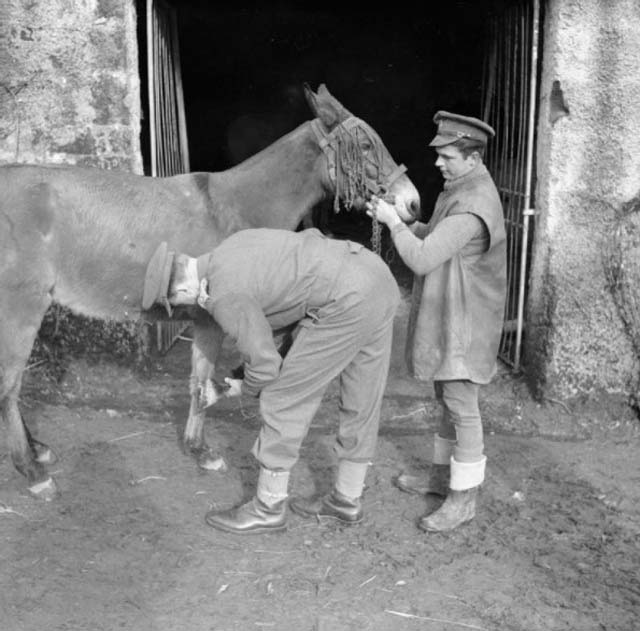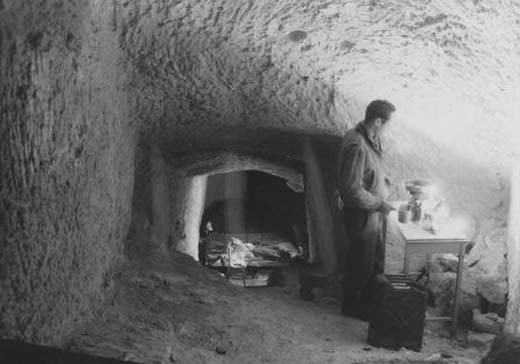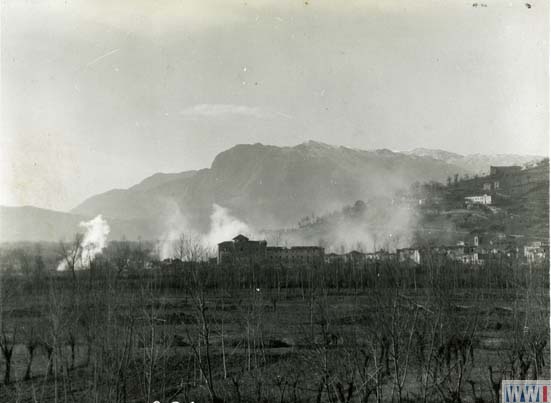Air Operations, Bismarcks
- AirSols SBDs, escorted by many AirSols fighters, attack Rabaul's Vunakanau airfield, 24 XIII Bomber Command B-24s, escorted by many AirSols fighters, attack the Vunakanau airfield again. 19 B-24s supported by 20 XIII Fighter Command P-38s attack the Tobera airfield at Rabaul.
- VMF-215, VMF-217, and VF-17 F4Us down 10 A6M Zeros, 1 Ki-43 'Oscar' figher, and 1 Ki-44 'Tojo' fighter over the Rabaul area between 1230 and 1300 hours. 347th Fighter Group P-38s down 6 Zeros over the Tobera airfield at Rabaul at 1300 hours.
Air Operations, CBI
BURMA- 490th Medium Bomb Squadron B-25s, 459th Fighter Squadron P-38s, and 10 Air Force P-40s, P-51s, and A-36s attack several bridges and numerous Japanese Army bivouacs and supply dumps across a wide area of northern Burma.
- 116 14th Air Force P-40 fighter-bombers attack an oil dump and barracks at Chefang and town areas at Homun and Mangshih.
- During the night, 5 308th Heavy Bomb Group B-24s sow mines at the mouth of the Yangtze River.
- 2 341st Medium Bomb Group B-25s attack a wireless station near Haiphong.
Air Operations, Europe
RAF BOMBER COMMANDEvening Ops:
- 8 Mosquitos are sent to Elberfeld, 7 to Krefeld and 1 to Aachen.
- 1 Mosquito is lost on the Krefeld raid.
Crews Undergoing Training |
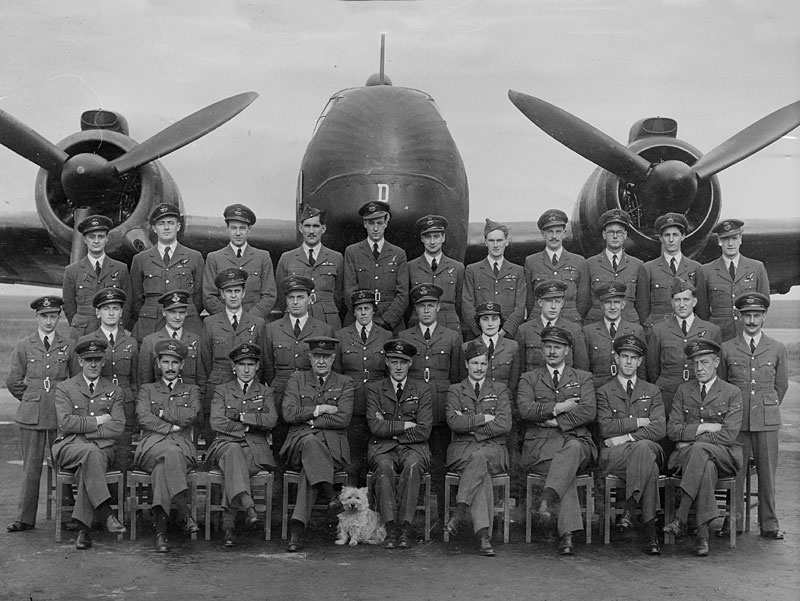 |
FRANCE:
- 79 IX Bomber Command B-26s attack various V-weapons sites and several targets of opportunity.
FRANCE:
- In the first mission of its kind, 54 B-26s from the 322nd and 386th Medium Bomb Groups attack the marshalling yard at Tergnier with excellent results.
- XII Bomber Command B-25s and B-26s provide close support for US Army ground forces.
- XII Air Support Command A-20s attack troop concentrations.
- XII Air Support Command A-36s and P-40s attack troop positions, assembly points, and gun emplacements in and around the battle area.
Air Operations, Marshalls
- 531st Fighter-Bomber Squadron A-24s and 15th Fighter Group P-40 fighter-bombers attack the Jaluit Atoll.
- Throughout the night, VII Bomber Command B-24s mount individual and small attacks against the Wotje Atoll and the Taroa airfield on Maloelap.
Air Operations, New Guinea
V Bomber Command A-20s attack Mindiri.
[Battle of the Atlantic
During February 8-9 Walker's 2nd Support Group destroys three U-boats in the space of 15 hours. There were no survivors from any of the sinkings and no clues from the wreckage, it is not possible to tell in what order the U-boats were sunk.
|
|
Britian, Home Front
The Bishop of Chichester questions the wisdom of RAF 'area bombing' raids on German cities, during a debate in the House of Lords. Viscount Cranbourne, replying, concedes that, if necessary, the British Government are prepared to 'bring the whole life of the German cities... to a standstill, in order to paralyze enemy production.'
[CBI
CHINAPresident Roosevelt requests that Generalissimo Chiang Kai-shek allow a US observer mission to visit the Chinese Communist stronghold in Yenan to gather intelligence on Japanese forces and seek assistance in recovering downed American flyers. Chiang Kai-shek, suspicious of American motives, rejects the request. Chiang has perhaps 500,000 troops in Yenan, all watching the Communists as they conduct a guerrilla campaign against the Japanese. Chiang wants no US contact with Mao Tse-tung (Mao Zedong), the leader of the Chinese Communists.
[Diplomatic Relations
Roosevelt requests Chiang's permission to send a US military mission to the Chinese Communist base area and headquarters in Shensi Province.
[Eastern Front
Bloody battles in the Kirovograd region, west of the Dniepr, are bringing about the annihilation of the German 8th Army. The Russian forces involved are the 3rd Ukrainian Front under Rodion Malinovsky and the 2nd Ukrainian Front under Ivan S. Konev. The Germans make renewed efforts to supply the Korsun pocket by flying large quantities of fuel and ammunition. They evacuate some of the wounded.
The Russians capture Oredezh near Leningrad.
SOUTHERN SECTORThe 7th Guards Army of the 3rd Ukrainian Front is embroiled in heavy fighting west of Kirovograd.
[Italy
In the US 5th Army's VI Corps area, the Germans overrun the strategically situated Factory and holds it against counterattacks supported by naval and air bombardment. The German LXXVI Panzer Corps and the 1st Parachute Corps capture the Carroceto and Aprilia salients previously held by the British 1st Division. The German attack continues into the night forcing the British back even further. Relief of the hard-pressed and badly depleted British 1st Division is begun during the night by the 180th Infantry.
In the Cassino sector the US II Corps' effort to reach the Via Casilina (Highway 6) fails.
[New Britain
Moving for 11 days, Lt-Col Puller's force reaches Gilnit village and occupies the Japanese supply base at Nigol, discovering 34 supply barges, along with weapons, ammunition, and food.
[Images from February 9, 1944
|
|
|
|
|
|
